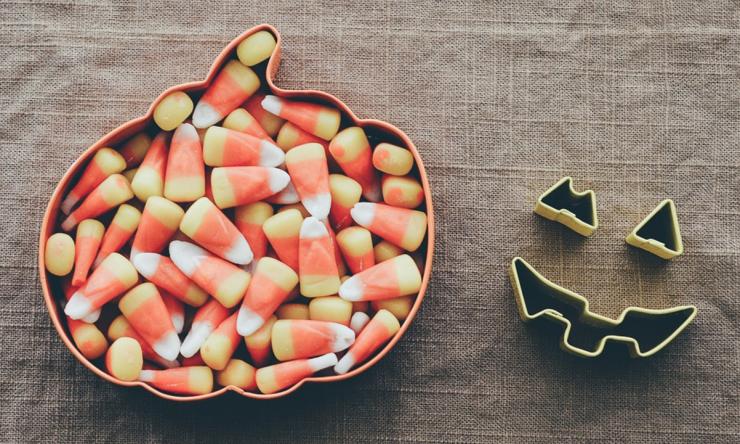Halloween candy: Trick or treat?
The temptation to succumb to excess sweet treat consumption on Halloween can be enchanting, but too much candy can lead to spooky consequences. An expert at Baylor College of Medicine provides candy lovers with a few tips to keeping wicked eating habits at bay on All Hallows’ Eve.
“Sugar gets broken down into glucose by your body and travels through your bloodstream, signaling the pancreas to make insulin, which helps your cells convert glucose into energy,” said Dr. Luis Rustveld, associate professor of family and community medicine at Baylor. “Too much sugar overwhelms the system, resulting in spikes in blood glucose levels.”
An increase in insulin levels results in a decrease in glucose levels, leading to a sugar crash. During these crashes, people become more irritable, experiencing symptoms like dizziness, upset stomachs, tiredness and headaches. If children eat too much candy in one sitting, they are especially prone to a sugar crash.
Give me something good to eat
This Halloween, Rustveld wants parents to know that the best way to prevent their children from overloading on sugar is to start the night with a normal balanced meal. The protein from their meal will help with blood sugar spikes, and a fuller stomach means less of a desire to overeat candy. Try to limit any sugar intake a couple of hours before bed to let the body process the sugar, and ensure they stay hydrated throughout the night. Make sure your child gets plenty of steps in when trick-or-treating to keep a balance with physical activity and their diet for the night, and finally, be sure they brush their teeth after eating treats.
Rustveld advises parents to stick with the American Heart Association’s daily added sugar intake of no more than 25 grams, which is about three “fun-sized” chocolate bars. While this may seem difficult, parents can fulfill their child’s sweet tooth cravings with fruit, which also contains fiber, an important part of the daily diet that is often missing in candies. If celebrations occur at school, where the parent has less control over how much candy their child may eat, Rustveld also advises sending kids with protein-rich snacks, like snack cheeses, which will help with blood sugar control.
Embrace the darkness
Most Halloween confections are made with milk chocolate, which typically have higher levels of sugar and fat. For people looking to limit their own, or their child’s sugar intake, Rustveld recommends turning to dark chocolate, which has lower levels of both. Dark chocolate is also rich with flavonoids, a type of antioxidant that satisfies cravings.
Hard candies can also be a great way to control rapid sugar intake as it takes time for the candy to break down, which could help to prevent overeating.
Sugar-free sweets also can be an alternative to what is normally found in a Halloween bag; however, if they contain excess amounts of sugar alcohols like sorbitol or xylitol, you may experience negative gastrointestinal events such as upset stomach, nausea or even diarrhea.
“Sugar-free candies notoriously cause bloating, especially for people who have irritable bowel syndrome,” said Rustveld. “If you have inflammatory bowel disease, you should not have any sugar-free products.”
Halloween in November
Managing candy intake on Halloween can seem like an impossible task, but Rustveld encourages people to reframe their mindset to satisfy their candy cravings even past Halloween.
“If you set a limit for yourself or your child on Halloween night, you are then able to have this candy for longer, allowing you to eat it well into November if your Halloween haul is decent,” said Rustveld. “Go about your day eating your normal meals, and you’ll be less likely to overindulge in one sitting, which is what we tell patients to avoid.”










